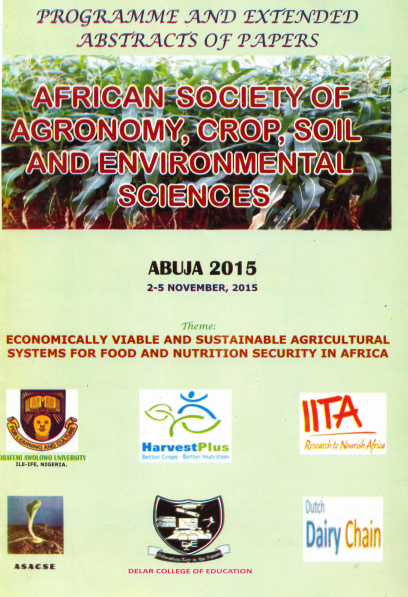Efficiency of molecular markers to select for Striga gesneroides resistance in cowpea
Summary
Striga gesnerioides (Willd) Vatke is a major biological constraint to cowpea productivity in the dry savannas of sub-Saharan Africa. Over the last two decades, the use of molecular markers in crop improvement has gained prominence owing to its ability to shorten the breeding cycle. Available molecular marker techniques are being improved upon and continuously tested for higher precision, shorter duration of application, and better cost effectiveness. In this study, a total of four molecular markers developed for selecting Striga resistant cowpea were used to genotype a F2 population derived from a cross between Borno Brown and T97K-499-35 to identify markers more closely linked to S. gesnerioides resistance. SSRI and 2 were found to be tightly linked to S. gesnerioides with a genetic distance of 1 and 2cM. The selection efficiency of SS-I and SSR-2 were 99 and 98%, better than that of C42-B at 85.5%.
Open resource Download resource Access resource on external site

